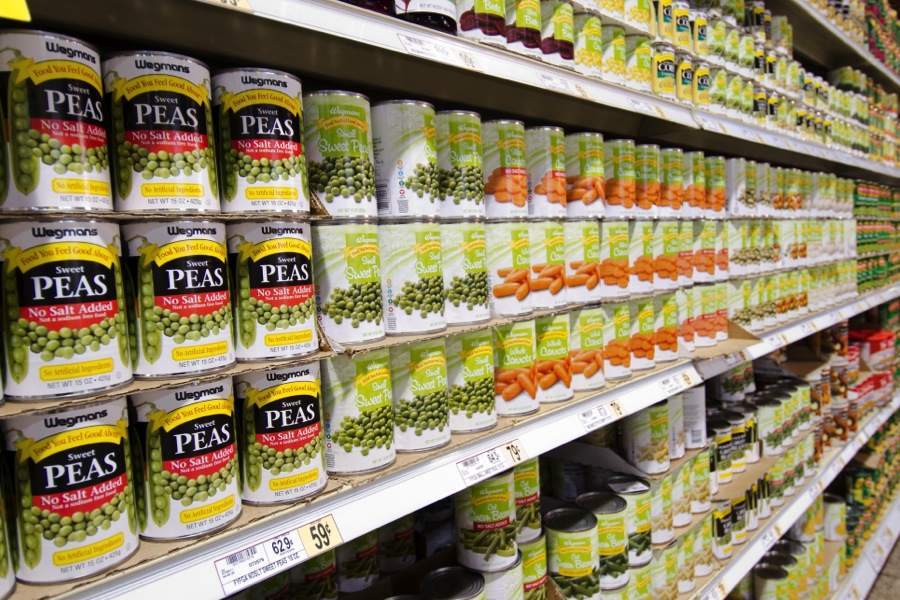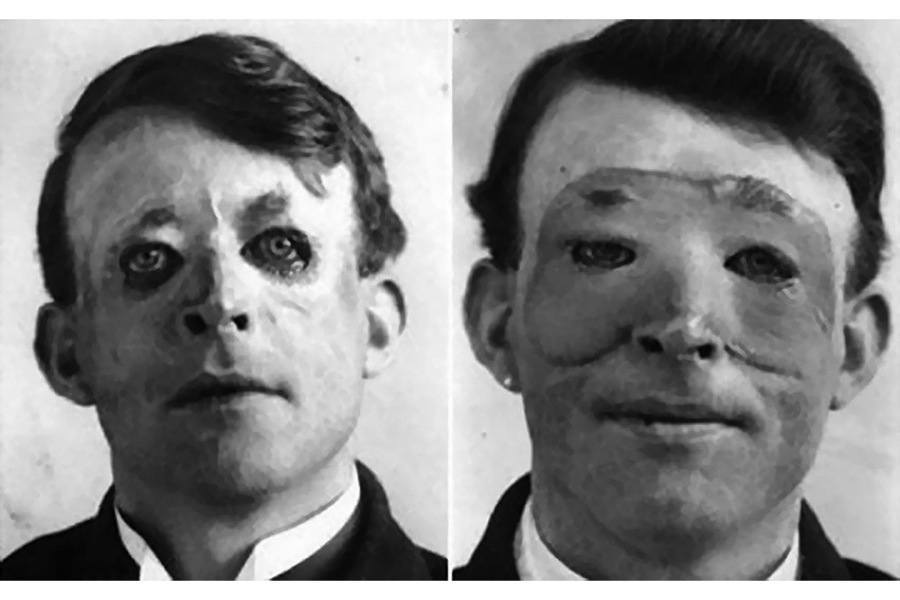
Source: Flickr
Sorry, Edwin Starr. It turns out that war is good for absolutely…something. The life-or-death havoc of war electrifies human creativity in a powerful way. A number of the world’s most useful inventions have come from the military. Some appeared by accident, others as solutions to particular problems that seem much more urgent when the enemy’s tanks are rolling in.
Ever had green beans from a can? You can thank Napoleon. Snapchat is really the spawn of the Cold War’s overhanging possibility of nuclear holocaust. The war-time origins of these and other everyday products are explored below.
1. Canned Food
As Napoleon and his army romped across Europe, the General needed to find a way to deliver enormous quantities of good-enough food to the front lines. And so in 1809, the French government held a contest to solve this problem, with a cash prize of 12,000 francs. This sum was awarded to Nicolas Appert, who designed a sealed glass jar that could be produced en masse in factories. Appert used his 12,000 francs to build such a factory, but the British burned it down on their rampage through France in 1814.
2. Plastic Surgery

The British sailor Walter Yeo, before and after Harold Gillies’s groundbreaking skin graft. Source: Wikimedia Commons
During the height of World War I, a young British sailor named Walter Yeo was wounded horribly in the 1916 Battle of Jutland. His upper and lower eyelids were burned off. Nearly a year later, he found himself in a facial injury ward started by the father of modern plastic surgery, Harold Gillies.
A native of New Zealand, Gillies had come to Europe as part of the Royal Army Medical Corps. In 1917, he performed what is known as the world’s first plastic surgery, grafting a flap of skin over Yeo’s disfiguring wounds.
3. Sanitary Napkins
Kimberly-Clark, an American manufacturing firm, had trademarked the product Cellucotton before World War I. During the fighting in Europe, the U.S. army distributed this super-absorbent fabric for use as gauze to dress wounds.
Nurses at military hospitals soon began to use the fabric for menstrual hygiene as well. When the war ended, the nurses wanted to keep using Cellucotton, and so in 1920, Kimberly-Clark shipped their latest product, Kotex, a neologism from “cotton-like texture,” to stores across the United States.






